1.
Introduction
The study of solitary waves Φi=exp(ιωit)ui of the nonlinear Schrödinger system
where Ω is a smooth domain in RN naturally leads to study the elliptic system
Here ωi and βij=βji are real numbers and βii>0. This type of systems arises in many physical models such as incoherent wave packets in Kerr medium in nonlinear optics (see [1]) and in Bose–Einstein condensates for multi–species condensates (see [25]). The coefficient βij represents the interaction force between components ui and uj. The sign of βij determines whether the interactions between components are repulsive (or competitive), i.e., βij<0, or attractive (or cooperative), i.e., βij>0. In particular, one usually assumes βii>0. We observe that system (1.1) has always the trivial solution, namely when all the components vanish. If one or more components are identically zero, then system (1.1) reduces to a system with a smaller number of components. Therefore, we are interested in finding solutions whose all components are not trivial. These are called fully nontrivial solutions.
In low dimensions 1≤N≤4, problem (1.1) has a variational structure: solutions to (1.1) are critical points of the energy J:H→R defined by
where the space H is either H1(Ω) or H10(Ω), depending on the boundary conditions associated to ui in (1.1) in the case of not empty ∂Ω. Therefore, the existence and multiplicity of solutions can be obtained using classical methods in critical point theory. However, there is an important difference between the dimensions 1≤N≤3 and the dimension N=4. Actually, in dimension N=4 the nonlinear part of J has a critical growth and the lack of compactness of the Sobolev embedding H1(Ω)↪L4(Ω) makes difficult the search for critical points. On the other hand, in dimensions 1≤N≤3 the problem has a subcritical regime and the variational tools can be successfully applied to get a wide number of results. We refer to the introduction of the most recent paper [6] for an overview on the topic and for a complete list of references. Up to our knowledge, the higher dimensional case N≥5 is completely open, because the problem does not have a variational structure and new ideas are needed.
In this paper, we will focus on problem (1.1) when Ω is a smooth bounded domain in R4 with Dirichlet boundary condition. We shall rewrite (1.1) in the form
where λi are real numbers, as this way it can be seen as a generalization of the celebrated Brezis–Nirenberg problem [5]
It is worthwhile to remind that the existence of solutions to (1.3) strongly depends on the geometry of Ω. In particular, if Ω is a starshaped domain, then Pohozaev's identity ensures that (1.3) has no solution when λ≤0. On the other hand, Brezis and Nirenberg [5] proved that (1.3) has a positive solution if and only if λ∈(0,Λ1(Ω)) where Λ1 is the first eigenvalue of −Δ with homogeneous Dirichlet condition on ∂Ω. These solutions are often referred to as least energy solutions, as they can be obtained also by minimizing the functional
restricted to the associated Nehari manifold. Later, Han [12] and Rey [18] studied the asymptotic behaviour of this solution as λ→0 and proved that it blows–up at a point ξ0∈Ω which is a critical point of the Robin's function, whereas far away from ξ0 his shape resembles the bubble
Recall that it is well known (see [2,23]) that {Uδ,ξ: δ>0, ξ∈R4} is the set of all the positive solutions to the critical problem
Let us also remind that the Robin's function is defined by r(x):=H(x,x), x∈Ω, where H(x,y) is the regular part of the Green function of −Δ in Ω with Dirichlet boundary condition.
Successively, relying on the profile of the bubble as a first order approximation, the Ljapunov–Schmidt procedure has been fruitfully used to build both positive and sign–changing solutions to (1.3) blowing–up at different points in Ω as the parameter λ approaches zero (see for example Rey [18] and Musso and Pistoia [14]).
As far as we know, few results are available about existence and multiplicity of solutions to the critical system (1.2). The first result is due to Chen and Zou [9], who considered (1.2) with 2 components only
When 0<λ1,λ2<Λ1(Ω), they proved the existence of a least energy positive solution in the competitive case (i.e., β<0) and in the cooperative case (i.e., β>0) if β∈(0,β_]∪[¯β,+∞), for some ¯β≥max{μ1,μ2}>min{μ1,μ2}≥β_>0. In the cooperative case, when λ1=λ2 the least energy solution is synchronized, i.e., (u1,u2)=(c1u,c2u) where u is the least energy positive solution of the Eq (1.3) and (c1,c2) is a positive solution to the algebraic system
In the competitive case, the authors studied also the limit profile of the components of the least energy solution and proved that the following alternative occurs: either one of the components vanishes and the other one converges to a least energy positive solution of the Eq (1.3), or both components survive and their limits separate in different regions of the domain Ω, i.e., a phase separation phenomenon takes place. In the subcritical regime such a phenomenon has been studied by Noris, Tavares, Terracini and Verzini [15].
Afterwards, Chen and Lin [8] studied the asymptotic behavior of the least energy solution of (1.6) in the cooperative case as max{λ1,λ2}→0 and found that both components blow–up at the same critical point of the Robin's function, in the same spirit of the result by Han and Rey for the single equation (1.3).
The existence of blowing–up solutions for system (1.2) with an arbitrary number of components has been studied by Pistoia and Tavares [17]. Using a Ljapunov–Schmidt procedure, they built solutions to (1.2) whose m components blow–up at m different non–degenerate critical points of the Robin's function as λ∗:=max{λ1,…,λm}→0, provided the interaction forces are either negative or not too large, namely β∗:=maxijβij≤¯β for some ¯β>0. For example, their result holds in dumbbell shaped domains which are obtained by connecting m mutually disjoint connected domains D1,…,Dm by thin handles. In this case the Robin's function has m distinct local minimum points which are non–degenerate for a generic choice of the domain as proved by Micheletti and Pistoia [13]. Moreover, if, as λ∗→0, we let β∗:=maxi,jβij approach −∞ with a sufficiently low velocity (depending on λ∗), then it is still possible to show that all the components blow–up at different points and a segregation phenomen occurs.
To conclude the state of the art, we would like to mention some recent results obtained by exploiting a variational point of view. Guo, Luo and Zou [11] proved the existence of a least energy solution to (1.2) in the purely cooperative regime (i.e., mini≠jβij≥0) when λ1=⋯=λm and showed that such a solution is synchronized under some additional technical conditions on the coupling coefficients. Tavares and You [24] generalized the previous result to a mixed competitive/weakly cooperative regime (i.e., maxi≠jβij not too large). Clapp and Szulkin [10] found a least energy solution in the purely competitive regime (i.e., maxi≠jβij<0), which is not synchronized when the coupling terms βij diverge to −∞.
Now, let us go back to the result obtained by Pistoia and Tavares [17] concerning the existence of solutions to (1.2) with all the components blowing–up around different points in Ω when all the mixed forces are repulsive or weakly attractive. It is natural to ask what happens for more general mixed repulsive and attractive forces. Our idea is to assemble the components ui in groups so that all the interaction forces βij among components of the same group are attractive, while forces among components of different groups are repulsive or weakly attractive. In this setting, we address the following question:
(Q) is it possible to find solutions such that each component within a given group concentrates around the same point and different groups concentrate around different points?
Taking the notation introduced in [16], given 1≤q≤m, let us introduce a q−decomposition of m, namely a vector (l0,…,lq)∈Nq+1 such that
Given a q–decomposition of m, we set, for h=1,…,q,
In this way, we have partitioned the set {1,…,m} into q groups I1,…,Iq, and we can consequently split the components of our system into q groups {ui: i∈Ih}. Notice that if lh−lh−1=1, then Ih reduces to the singleton {i}, for some i∈{1,…,m}. We will assume that for every h=1,…,q.
(A1) the algebraic system
has a solution ch=(ci)i∈Ih with ci>0 for every i∈Ih;
(A2) the matrix (βij)i,j∈Ih is invertible and all the entries are positive.
We observe that (A1) is satisfied for instance if for every i≠j (see [3])
Remark 1.1. Assumptions (A1) and (A2) are necessary to build the solutions to (1.2) using the classical Ljapunov-Schmidt procedure, namely (A1) allows to find a good ansatz which is non-degenerate because of (A2). Let us be more precise.
From a PDE point of view, assumption (A1) is equivalent to require that the nonlinear PDE sub-system
has a synchronized solution Wi=ciU, i∈Ih, where the positive function
solves the critical Eq (1.5). The first key point in the reduction procedure is done: the main order term of the components ui with i∈Ih is nothing but the syncronized solution of the sub-system (1.8).
Assumption (A2) ensures that such a synchronized solution of (1.8) is non–degenerate (see [16, Proposition 1.4]), in the sense that the linear system (obtained by linearizing system (1.8) around the synchronized solution)
has a 5–dimensional set of solutions
where eh∈R|Ih| is a suitable vector (see [16, Lemma 6.1]) and the functions
solve the linear equation
The non-degeneracy of the building block is ensured and the second key point in the reduction procedure is also done.
We are now in position to state our main result.
Theorem 1.2. Assume (A1) and (A2). Assume furthermore that the Robin's function has q distint non–degenerate critical points ξ01,…,ξ0q. There exist ¯β>0 and λ0>0 such that, if β∗:=max(i,j)∈Ih×Ikh≠kβij<¯β then, for every (λi)mi=1 with λi∈(0,λ0), i=1,…,m, there exists a solution (u1,…,um) to (1.2) such that, for every h=1,…,q, each group of components {ui : i∈Ih} blows–up at ξ0h as λ∗:=maxi=1,…,mλi→0.
Moreover, if, as λ∗→0, β∗ approaches −∞ slowly enough (depending on λ∗), i.e., |β∗|=O(ed∗λ∗) forsomed∗sufficientlysmall, then all the components belonging to different groups blow–up at different points and segregate, while the components belonging to the same group blow–up at the same point and aggregate.
Remark 1.3. We remind that in dumbbell shaped domains which are obtained by connecting q mutually disjoint connected domains by thin handles, the Robin's function has q distinct critical points and in a domain with holes the Robin's function has at least 2 critical points (see Pistoia and Tavares [17, Examples 1.5 and 1.6]). All these critical points are non–degenerate for a generic choice of the domain as proved by Micheletti and Pistoia [13].
Remark 1.4. Theorem 1.2 deals with systems with mixed aggregating and segregating forces (i.e., some βij's are positive, and some others are negative). This is particularly interesting since there are few results about systems with mixed terms. The subcritical regime has been recently investigated by Byeon, Kwon and Seok [6], Byeon, Sato and Wang [7], Sato and Wang [19,20], Soave and Tavares [22], Soave [21] and Wei and Wu [26]. As far as we know, there are only a couple of results concerning the critical regime. The first one has been obtained by Pistoia and Soave in [16], where the authors studied system (1.2) when all the λi's are zero and the domain has some holes whose size approaches zero. The second one is due to Tavares and You, who in [24] found a least energy solution to system (1.2) provided all the parameters λi are equal. It would be interesting to compare this least energy solution with the blowing-up solutions found in the present paper.
Remark 1.5. We strongly believe that the solutions found in Theorem 1.2 are positive, because they are constructed as the superposition of positive function and small perturbation term. This is true for sure if the attractive forces βij are small, as proved in [17]. In the general case, the proof does not work and some refined L∞−estimates of the small terms are needed. We will not afford this issue in the present paper, because the study of the invertibility of the linear operator naturally associated to the problem (see Proposition 3.1) should be performed in spaces equipped with different norms (i.e., L∞–weighted norms) that may deserve further investigations.
The proof of Theorem 1.2 relies on the well known Ljapunov–Schmidt reduction. The main steps are described in Section 3, where the details of the proof are omitted whenever it can be obtained, up to minor modifications, by combining the arguments in Pistoia and Tavares [17] and in Pistoia and Soave [16]. Here we limit ourselves to give a detailed proof of the first step of the scheme, as it suggests how to adapt the ideas of [16,17] to the present setting. The technical details of this part are developed in the Appendix. Before getting to this, in Section 2 we recall some well known results that are needed in the following.
2.
Preliminaries
We denote the standard inner product and norm in H10(Ω) by
and the Lq-norm (q≥1) by |⋅|Lq(Ω). Whenever the domain of integration Ω is out of question, we also make use of the shorthand notation ‖u‖ for ‖u‖H10(Ω) and |u|q for |u|Lq(Ω).
Let i:H10(Ω)→L4(Ω) be the canonical Sobolev embedding. We consider the adjoint operator (−Δ)−1:L43(Ω)→H10(Ω) characterized by
It is well known that (−Δ)−1 is a continuous operator, and relying on it we can rewrite (1.2) as
From now on, we will focus on problem (2.1).
We are going to build a solution u=(u1,…,um) to (2.1), whose main term, as the parameters λi approach zero, is defined in terms of the bubbles Uδ,ξ given in (1.4). More precisely, let us consider the projection PUδ,ξ of Uδ,ξ into H10(Ω), i.e., the unique solution to
We shall use many times the fact that 0≤PUδ,ξ≤Uδ,ξ, which is a simple consequence of the maximum principle. Moreover it is well known that
Here G(x,y) is the Green function of −Δ with Dirichlet boundary condition in Ω and H(x,y) is its regular part.
Now, we search for a solution u:=(u1,…,um) to (2.1) as
where each vector ch∈R|Ih| is defined in (1.7), the concentration parameters δh=e−dhλ∗h with λ∗h:=maxi∈Ihλi, and the concentration points ξh∈Ω are such that (d,ξ)=(d1,…,dq,ξ1,…,ξq)∈Xη, with
for some η∈(0,1). Recall that |I1|+⋯+|Iq|=m. The higher order term ϕ=(ϕ1,…,ϕm)∈(H10(Ω))m belongs to the space K⊥ whose definition involves the solutions of the linear equation
More precisely, we know that the set of solutions to (2.4) is a 5−dimensional space, which is generated by (see [4])
It is necessary to introduce the projections Pψℓδ,ξ of ψℓδ,ξ (ℓ=0,…,N) into H10(Ω), i.e.,
and it is useful to recall that
Now, we define the space K⊥ as
where (see (1.10))
The unknowns in (2.2) are the rates of the concentration parameters dh's, the concentration points ξh's and the remainder terms ϕi's. To identify them, we will use a Ljapunov–Schmidt reduction method. First, we rewrite system (2.1) as a couple of systems. Let us introduce the orthogonal projections
and
where Πh:(H10(Ω))|Ih|→Kh and Π⊥h:(H10(Ω))|Ih|→K⊥h denote the orthogonal projections, for every h=1,…,q.
It is not difficult to check that (2.1) is equivalent to the couple of systems
and
where the linear operator L(ϕ)=(L1(ϕ),…,Lm(ϕ)):(H10(Ω))m→(H10(Ω))m is defined for every i∈Ih and h=1,…,q as
the nonlinear term N(ϕ)=(N1(ϕ),…,Nm(ϕ))∈(L43(Ω))m is defined for every i∈Ih and h=1,…,q as
and the error term E=(E1,…,Em)∈(L43(Ω))m is defined for every i∈Ih and h=1,…,q as
In the above computation, we used (1.7) and (1.8), so that for every i∈Ih and h=1,…,q
The proof of our main result consists of two main steps. First, for fixed d=(d1,…,dq), and ξ=(ξ1,…,ξq) we solve the system (2.8), finding ϕ=ϕ(d,ξ)∈K⊥. Plugging this choice of ϕ into the second system (2.9), we obtain a finite dimensional problem in the unknowns d and ξ, whose solution is identified as a critical point of a suitable function.
3.
Proof of Theorem 1.2
We briefly sketch the main steps of the proof.
3.1. The linear theory
As a first step, it is important to understand the solvability of the linear problem naturally associated to (2.8), i.e., given L as in (2.10)
Proposition 3.1. For every η>0 small enough there exist ˉβ>0, λ0>0 and C>0, such that if λi∈(0,λ0), for every i=1,…,m, and
then
for every (d,ξ)∈Xη. Moreover, L is invertible in K⊥ with continuous inverse.
Proof. It is postponed to Appendix.
3.2. The error term
We need to estimate the error term E defined in (2.12).
Lemma 3.2. For every η>0 small enough there exist λ0>0 and C>0 such that, if λi∈(0,λ0) for every i=1,…,m, then
for every (d,ξ)∈Xη, where λ∗h:=maxi∈Ihλi and β∗:=max(i,j)∈Ih×Iki≠kβij.
Proof. We argue as in [17, Lemma A.1–A.3]. Note first that, by the continuity of (−Δ)−1, for every i∈Ih
Moreover,
and
Then the claim follows.
3.3. Solving (2.8)
We combine all the previous results and a standard contraction mapping argument and we prove the solvability of the system (2.8).
Proposition 3.3. For every η>0 small enough there exist ˉβ>0, λ0>0 and C>0 such that, if λi∈(0,λ0) for every i=1,…,m and (3.1) holds, then for every (d,ξ)∈Xη there exists a unique function ϕ=ϕ(d,ξ)∈K⊥ solving system (2.8). Moreover,
and (d,ξ)↦ϕ(d,ξ) is a C1−function.
Proof. The claim follows by Proposition 3.1 and Lemma 3.2 arguing exactly as in [17, Proposition 3.2 and Lemma 3.3], noting that the nonlinear part N given in (2.11) has a quadratic growth in ϕ. In particular (3.4) follows by (3.3).
3.4. The reduced problem
Once the first system (2.8) has been solved, we have to find a solution to the second system (2.9) and so a solution to system (1.2).
Proposition 3.4. For any η>0 small enough there exist ¯β>0 and λ0>0 such that, if λi∈(0,λ0) for every i=1,…,m and (3.1) holds, then u=W(d,ξ)+ϕ(d,ξ) defined in (2.2) solves system (1.2), i.e., it is a critical point of the energy
if and only if (d,ξ)∈Xη is a critical point of the reduced energy
Moreover, the following expansion holds true
C1−uniformly in Xη. Here the Ai's are positive constants, r is the Robin's function and λ∗h=maxi∈Ihλi.
Proof. The proof follows by combining the arguments in [17, Section 3 and Section 5] and [16, Section 5]. We remark that in this case the fact that ϕ(d,ξ) solves (2.8) is equivalent to claim that it solves the system
for some real numbers aℓi. Therefore, W(d,ξ)+ϕ(d,ξ) solves system (2.9) if and only if all the aℓi's are zero. We also point out that it is quite standard to prove that J(W+ϕ)≈J(W) and moreover by (1.7) we deduce
so that the claim follows just arguing as in [17].
3.5. Proof of Theorem 1.2: completed
Arguing exactly as in [17, Proof of Theorem 1.3, p. 437], we prove that the reduced energy (3.5) has a critical point (dλ,ξλ) provided λ=(λ1,…,λm) is small enough and ξλ→(ξ01,…,ξ0q) as λ∗=maxiλi→0. Theorem 1.2 immediately follows by Proposition 3.4. Moreover, if the βij's depend on the λi's and β∗ satisfies |β∗|=O(ed∗λ∗) with d∗<minh=1,…,qdh, then for every h=1,…,m
and by estimate (3.4) we can still conclude the validity of (3.5), and so the last part of Theorem 1.2 follows (see also [17, Section 5.3, p.438].
Conflict of interest
The authors declare no conflict of interest.
A.
Appendix
Proof of Proposition 3.1
We argue combining ideas of [17, Lemma 3.2] and [16, Lemma 5.4]. We first prove (3.2) by contradiction. Assume thus that there exist so that as , as , and so that for every and
We recall that the spaces introduced in (2.6) and (2.7) depend on and so for the sake of clarity, let us introduce the following notation. For every , let
where and . Moreover, set .
By definition of and the fact that , we have, for every and
for a suitable . Here
Step 1: as . Multiplying (A.1) by and recalling the definition of yields
so that, summing over and making use of ,
Note first that, since , for there are for which it holds (see (2.6))
so that arguing as in [17, p. 417] and for sufficiently large we can write
for suitable positive constants , .
Let us thus estimate terms and in (A.2). On the one hand, for every , , and ,
where we made use of Hölder and Sobolev inequality. Then, by [17, Lemma A.1] we get
and
for every . Moreover, since direct calculations show
recalling that by the maximum principle and making use of [17, Lemma A.2–A.4], we also have
and, for ,
Combining the previous estimates with (A.4) and the fact that thus leads to
Similarly, by Hölder and Sobolev inequality, and [17, Lemma A.5],
for every , , and , so that
Furthermore, by Hölder inequality and recalling that as and , we also have
We are thus left to estimate the term in (A.2). To this purpose, we set, for every ,
so that
As for , we have, for every
by Hölder and Sobolev inequality and . Furthermore, by [17, Lemma A.3] and
and by [17, Lemma A.1–A.2]
in turn yielding
To estimate , note first that
since by construction is an eigenvector of the matrix corresponding to the eigenvalue (see [16, Lemma 6.1]). Recalling that , so that by (2.5) and (2.6)
for every , we can then rewrite (A.11) as
Arguing as in (A.4)–(A.5)–(A.6) above we get
for every , and , thus implying
Coupling (A.10)–(A.12) then gives
and combining with (A.2), (A.7), (A.8), (A.9) we finally obtain
Together with (A.3), this ensures that as , and repeating the argument for every , gives as desired.
Step 2. For every and , we set
By definition, , so that in as , for some . Let us thus show that for every . To this aim, note first that (A.1) can be rewritten as
for every , where
Let now be so that , which is always true for any given and large enough. On the one hand, it is readily seen that
as , since , and .
On the other hand, for every , ,
and
as , which is fixed and bounded, and by assumption. Hence,
Furthermore, for every ,
since in and . Therefore,
that is, for every
Therefore, the weak limit solves the linearized system (1.9) for every . Thus, . However, since for every , then it follows
and, for every ,
Passing to the limit as and making use of , we obtain
This shows that , thus implying for every and concluding Step 2.
Step 3. We now prove that strongly in for every , which in turn concludes the proof of (3.2) as it contradicts the assumption for every .
To this aim, let us test (A.1) with , so to have
Since , , and is bounded in uniformly on ,
Moreover, recalling that for every , we have
as and for every , since in and , so that
As for term , for every , , , by Hölder and Sobolev inequalities and by [17, Lemma A.2–A.4]
thus ensuring
We are left to discuss term Ⅲ. On the one hand, if for every it holds
then we simply have
On the other hand, if there exist with , then
Let then be a positive constant so that, whenever
we have
Summing up, coupling (A.14), (A.15), (A.16) and (A.17) with (A.13), we conclude that as , for every .
Step 4: invertibility. Note first that is a compact operator, so that restricted to is a compact perturbation of the identity. Furthermore, (3.2) implies that is injective, and thus surjective by Fredholm alternative. Henceforth, it is invertible, and the continuity of the inverse operator is guaranteed by (3.2).











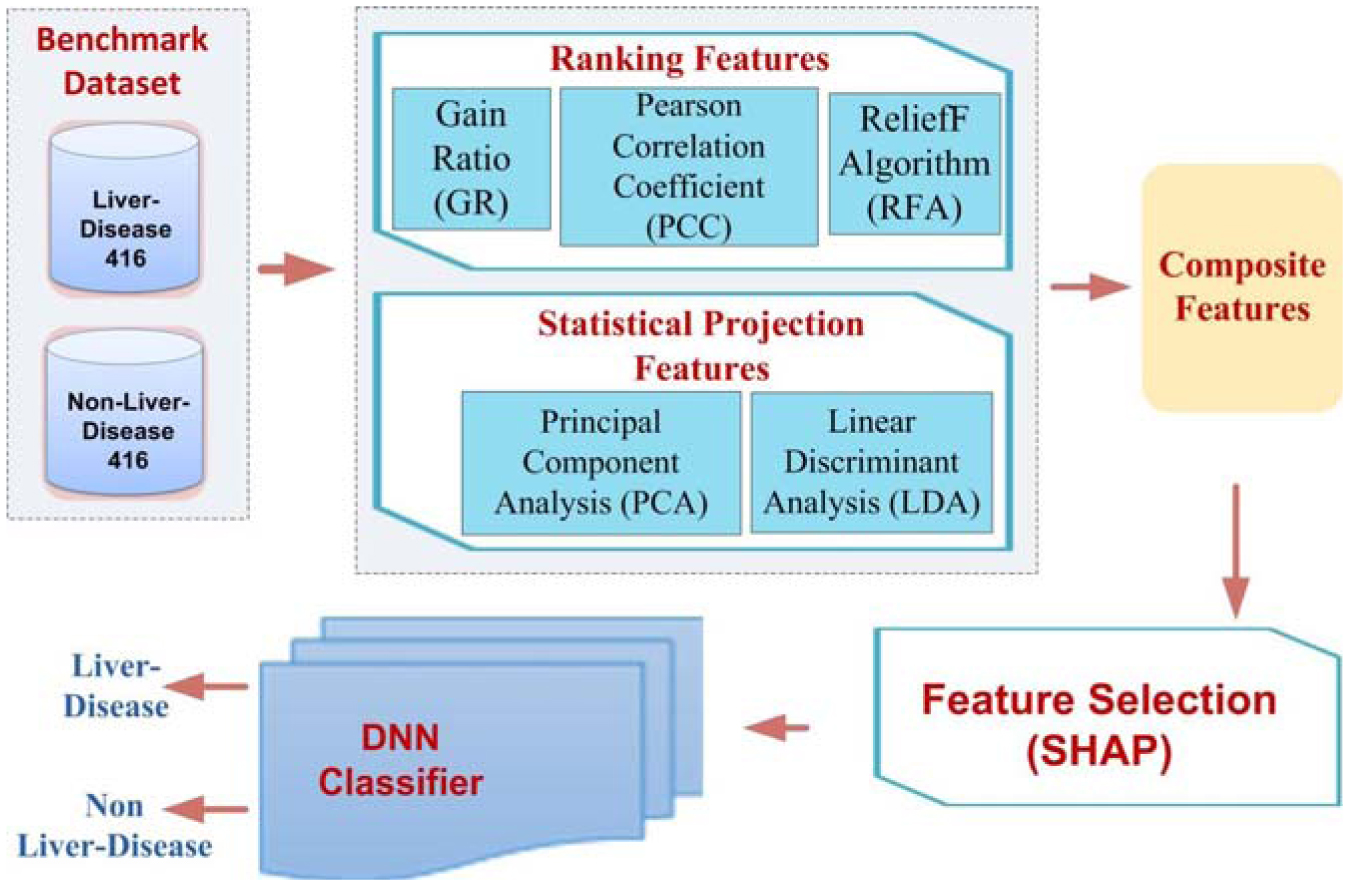
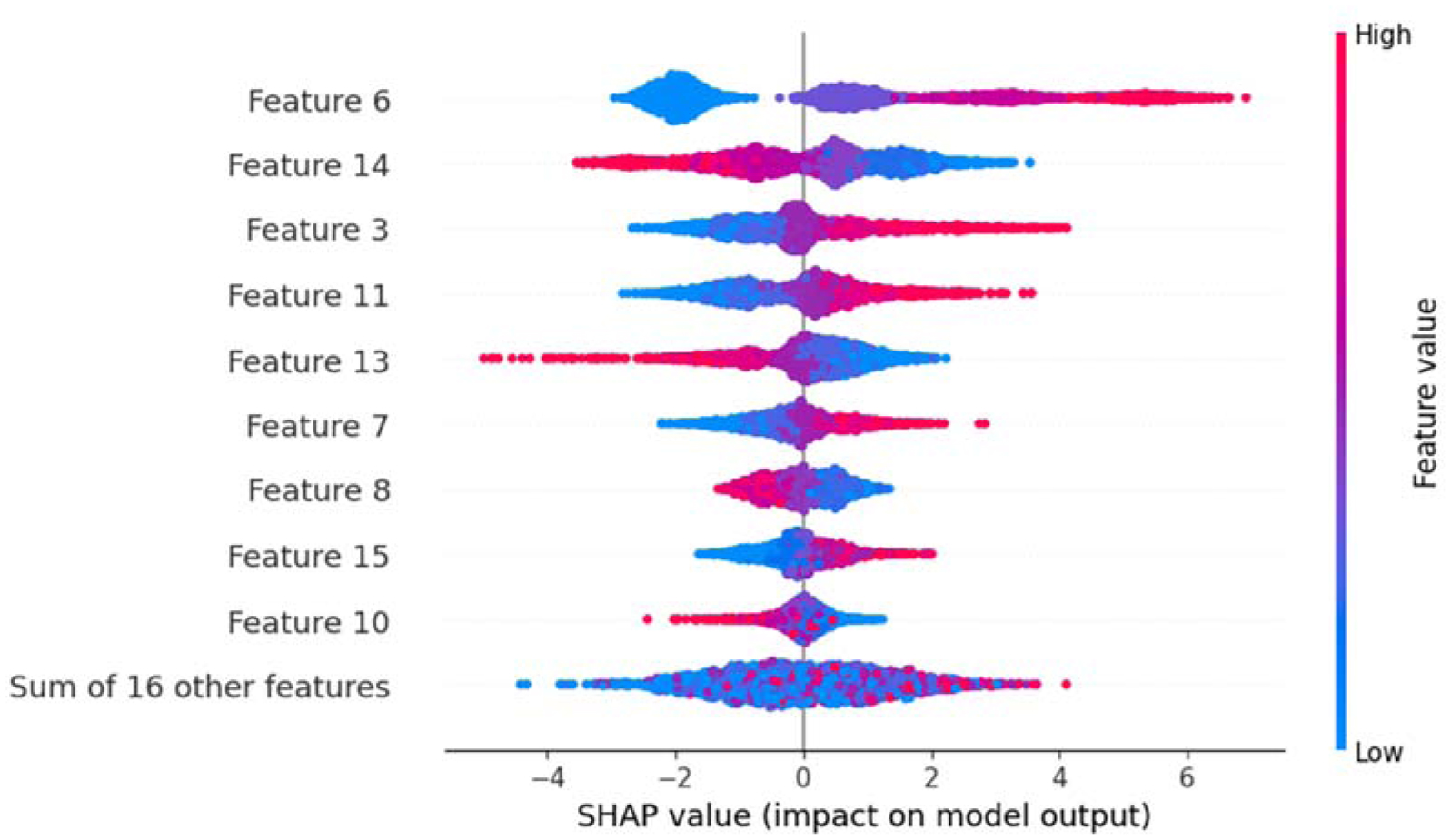
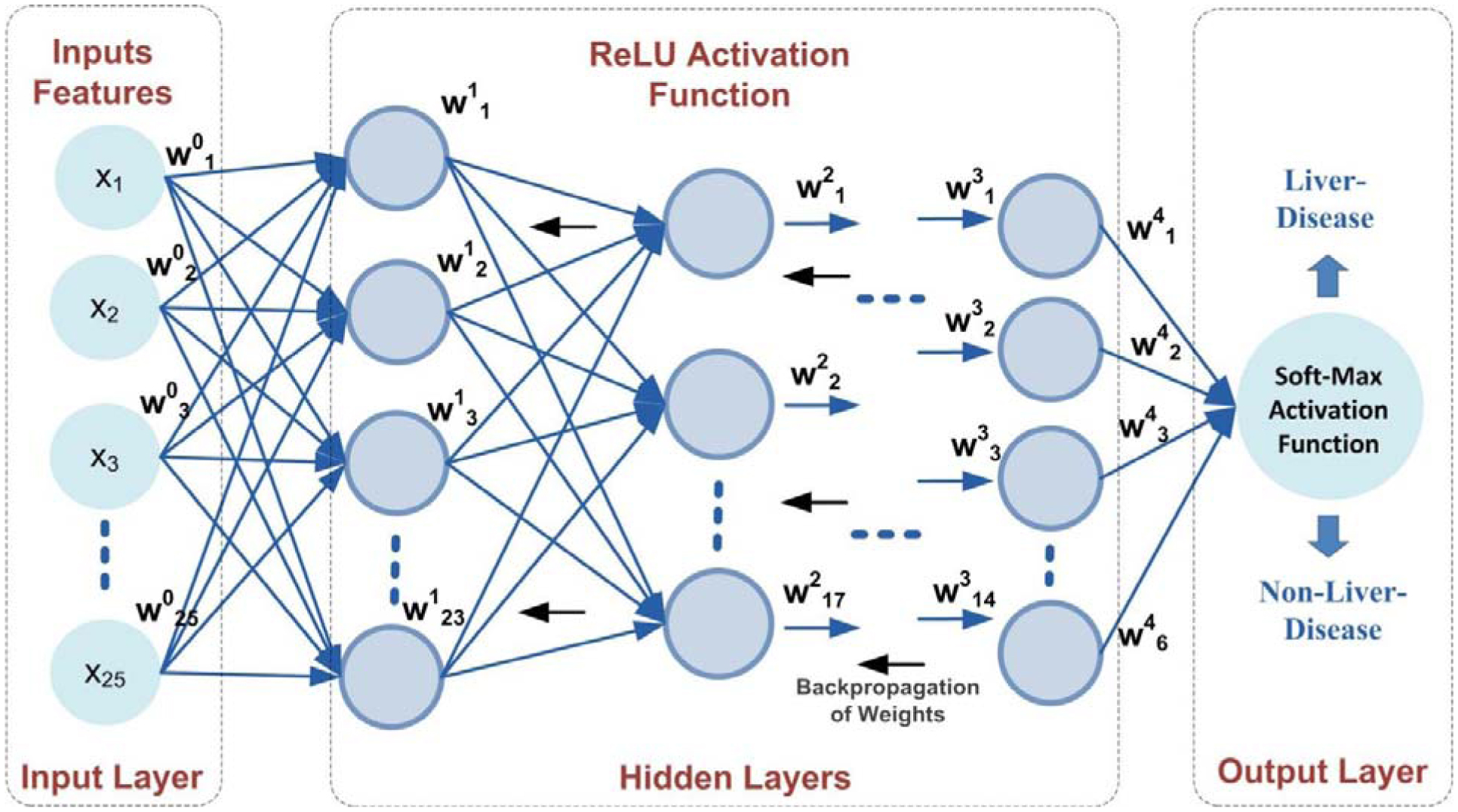
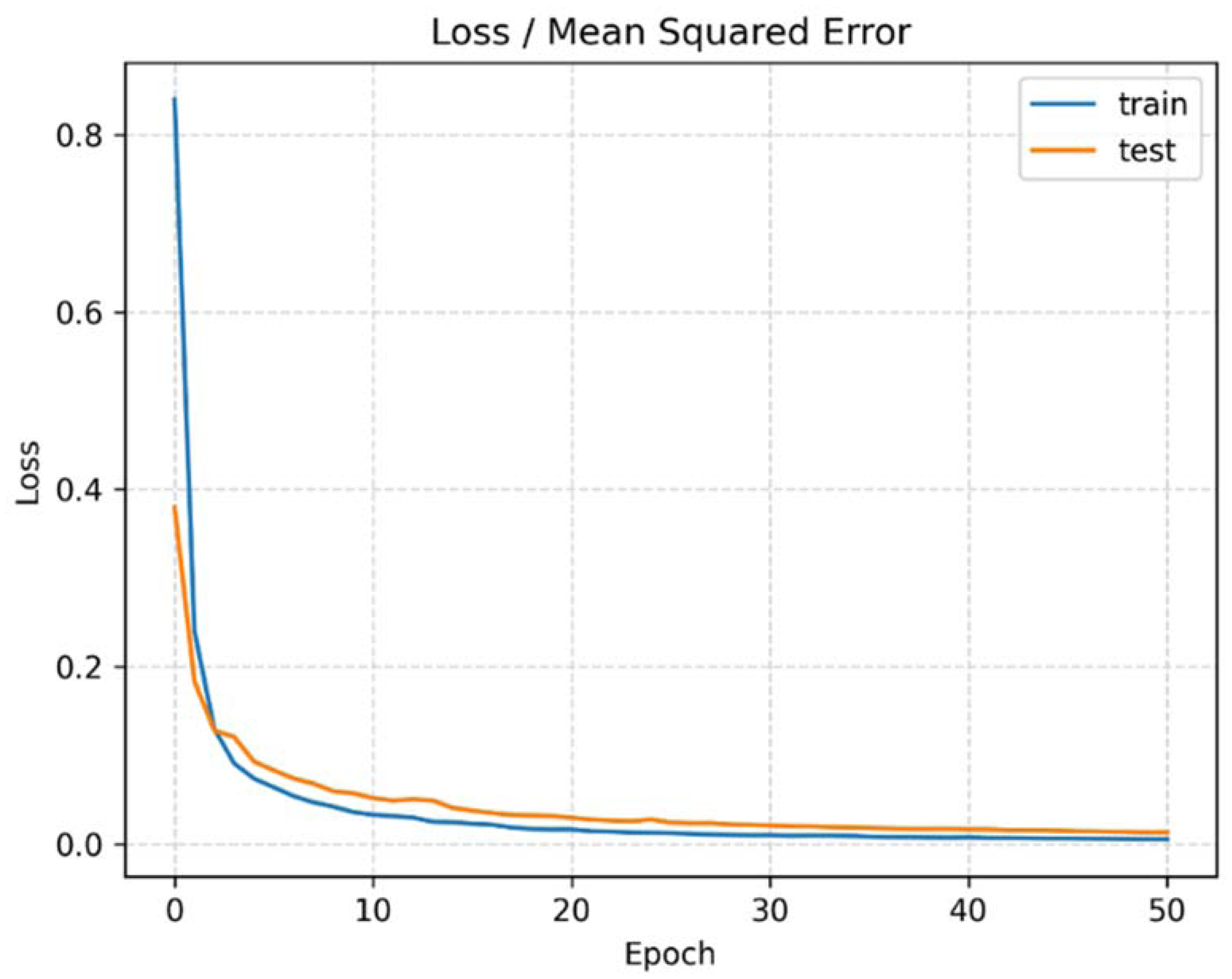
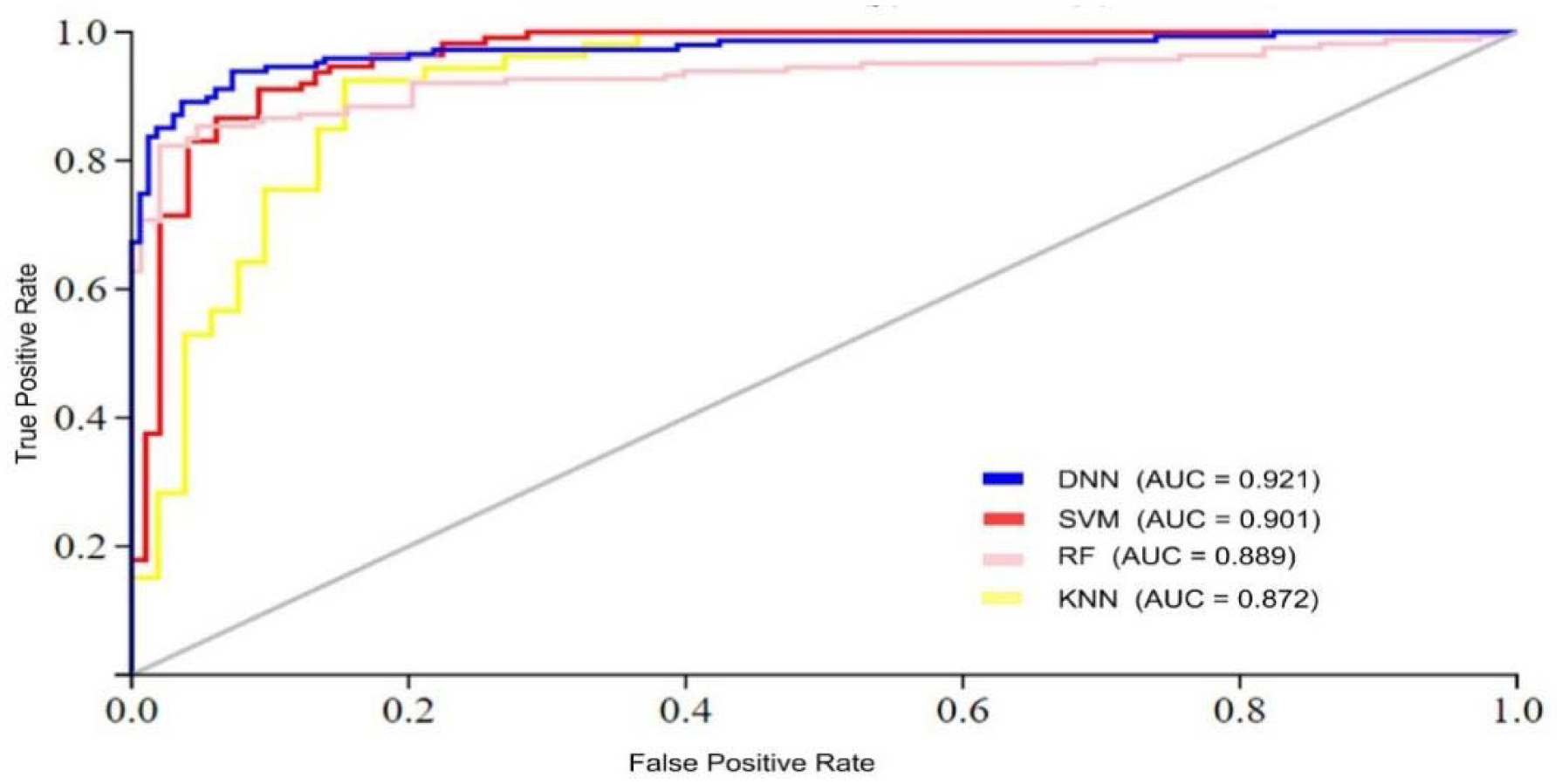
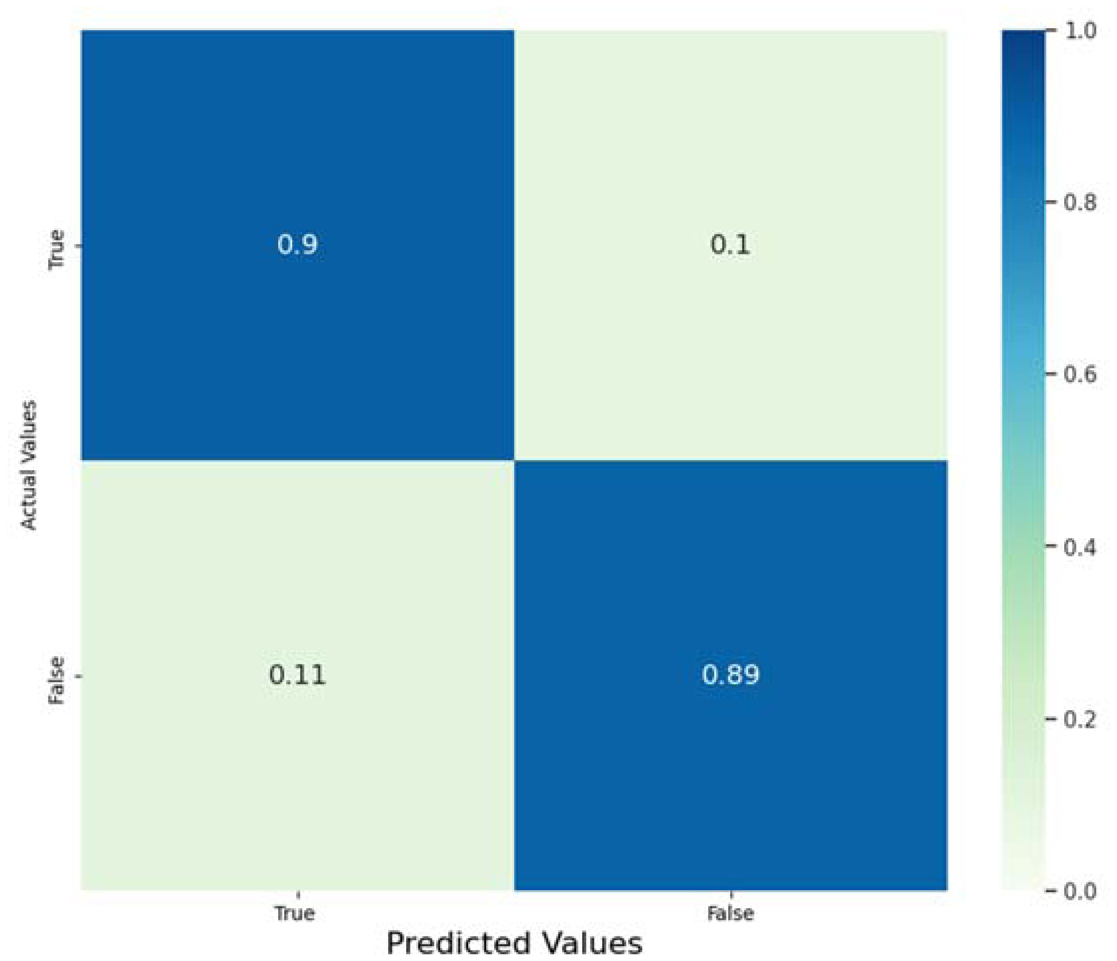


 DownLoad:
DownLoad: